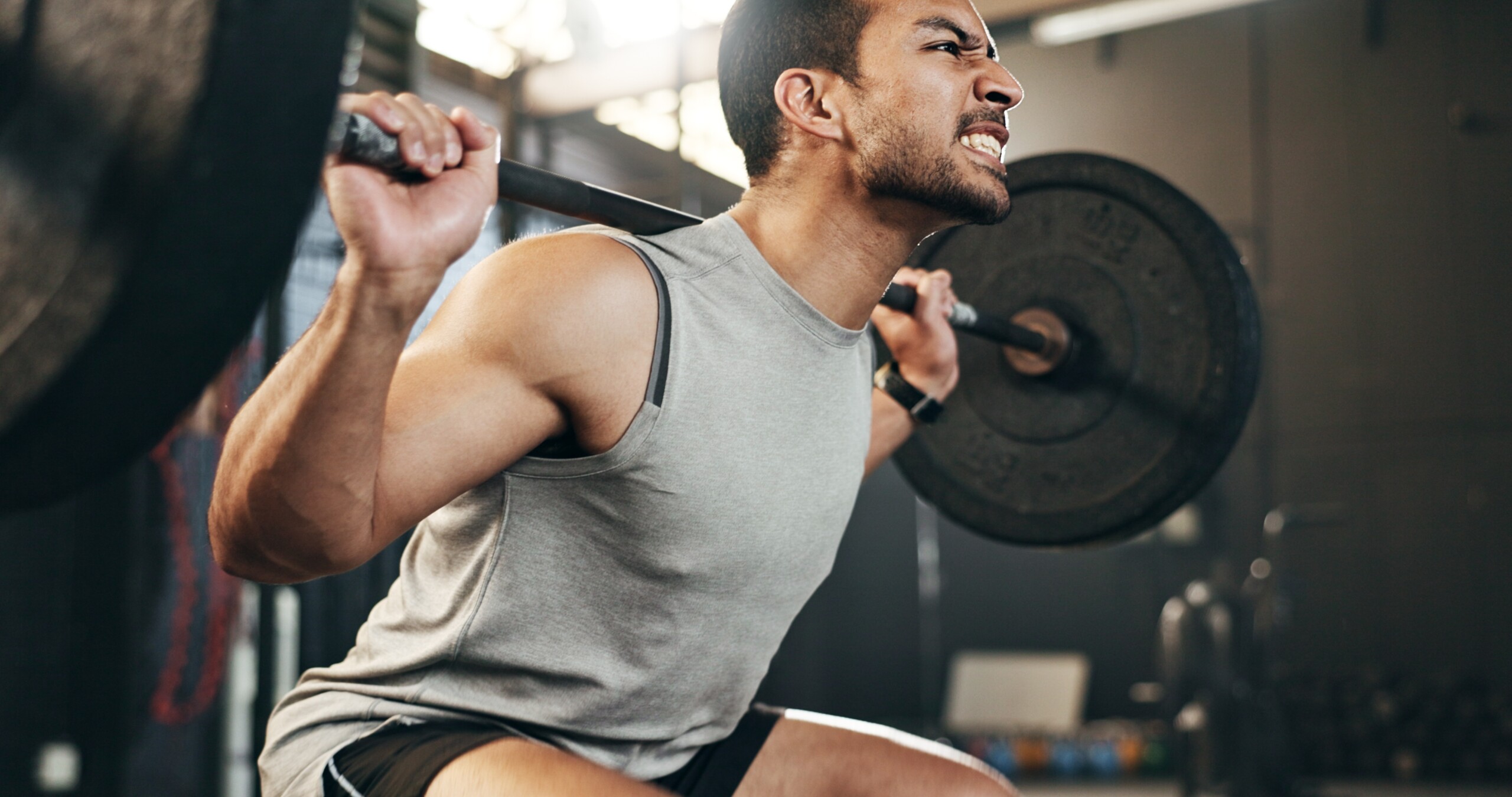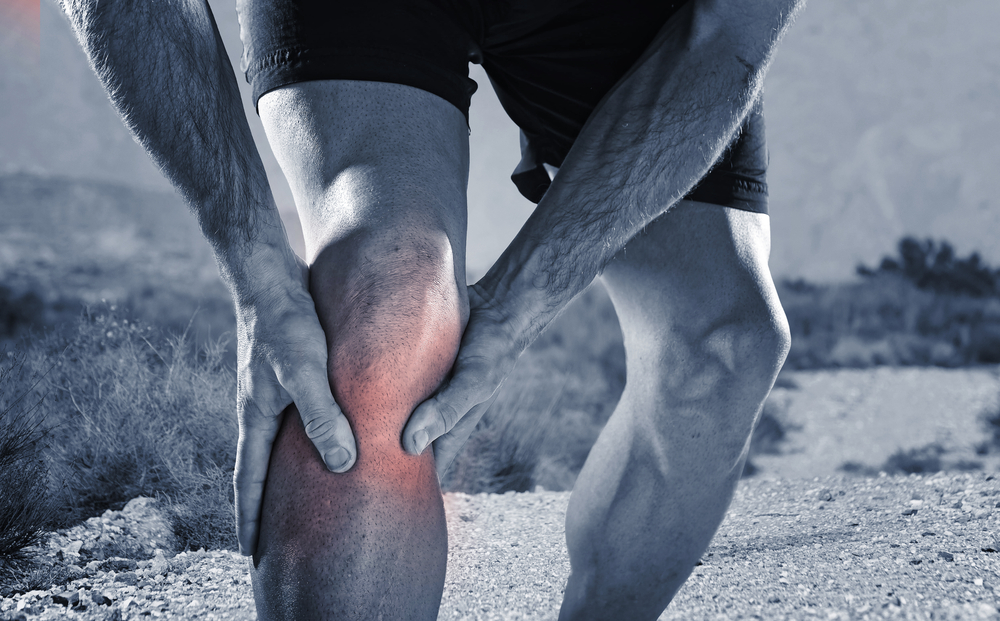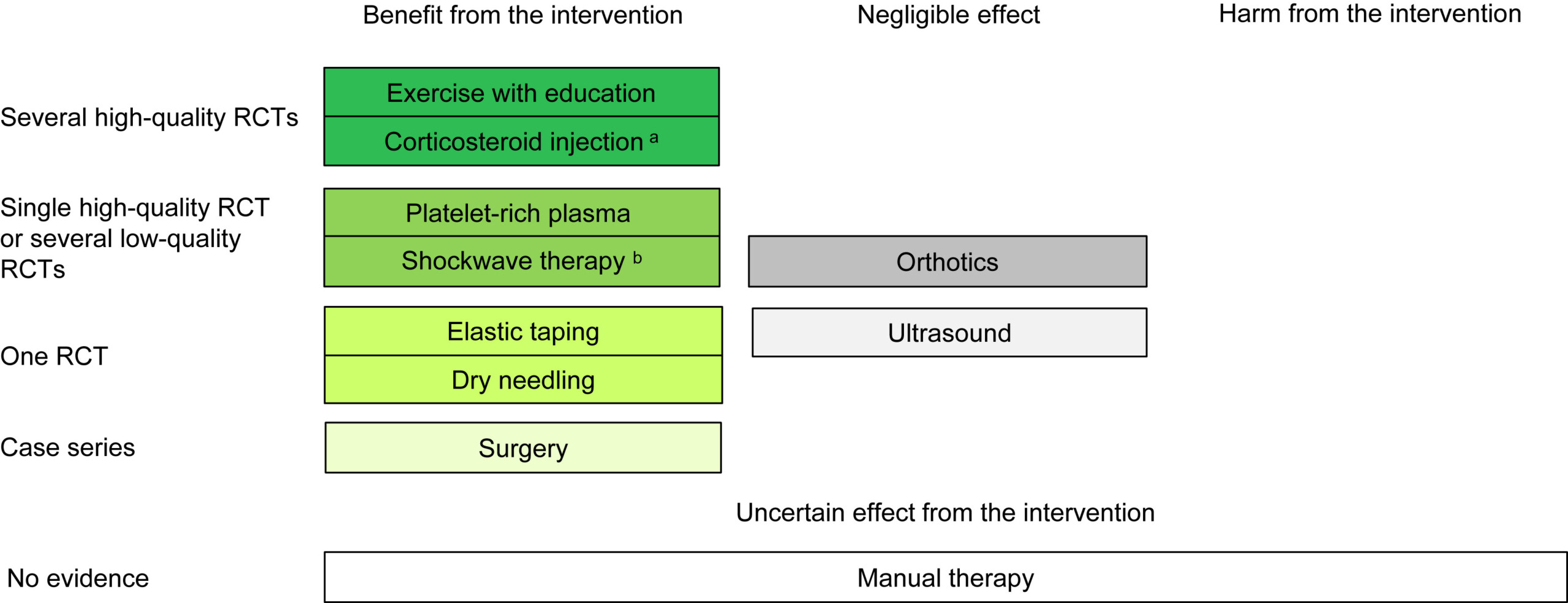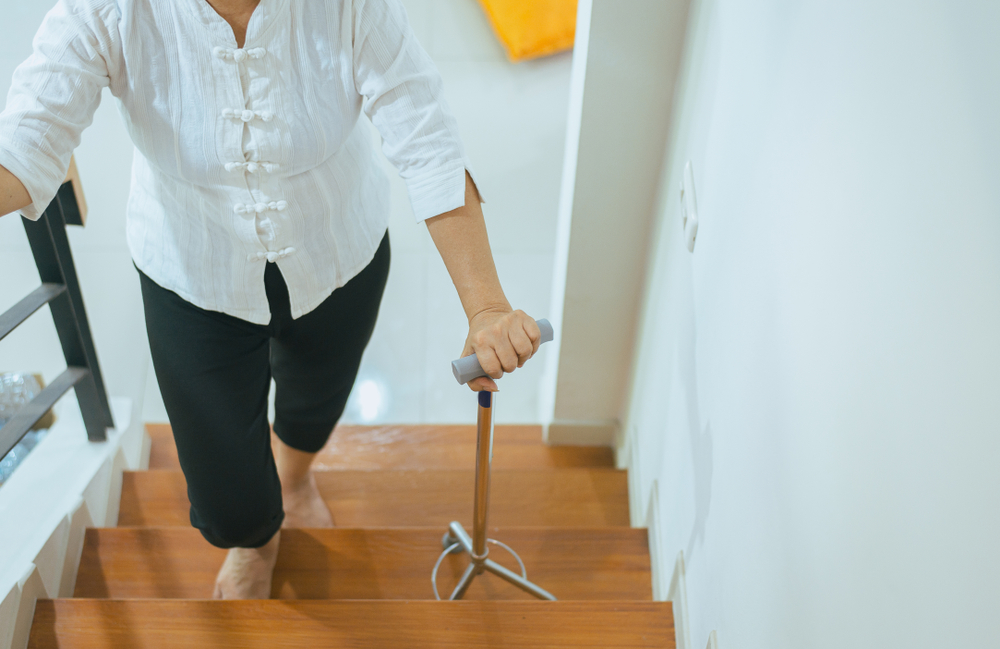Weight lifting is recommended for most people, especially as you get older as it helps to reduce muscle atrophy, improve bone density (osteoporosis) and improve balance. Athletes and recreational sports persons also benefit from improved sports specific performance if their strengthening routine is tailored to their sports requirements. If you have never lifted weights or have not done so for some time, things can go wrong and derail your goals of improving strength and performance. How can you avoid this? If you have any specific injuries or pain, or recurrent symptoms, you should be assesssed by a physiotherapist before you start lifting weights. A physiotherapist with knowledge of weight lifting can advise you on remedial exercises that you may need to do before starting in the gym. Even if you don’t have specific pains, you may benefit from a personal trainer who can guide you and give you a programme to follow. You might think you are keeping good form and doing exercises well, but even elite athletes can do exercises poorly, and an external set of eyes will help you improve your form and prevent injury. Always use an experienced/ recommended personal trainer as there is no required training to be a personal trainer. If they have done a sports science degree, they will have more knowledge of the latest research to help you achieve your goals safely. If you are older, try to find a trainer who is closer to your age group as they will better understand any limitations you may have.
So what can go wrong when you start lifting weights? Here are some things to think about to help avoid injury:
The most obvious problem can be lifting too heavy a weight. This is more often likely in people who are more competitive and try to compete with more experienced lifters. Not only does this make you more likely to have a muscle tear, develop joint pain or tendinopathy, you may not get the strength improvements that you were expecting. If you can’t feel the tension in the target muscle when you are lifting a weight, it usually means that you are lifting too heavy a weight. Other muscles need to help out if you are lifting too heavy and so the load is spread over more muscles. A lighter weight will help you target the muscle you are trying to train.
It is important to warm up before lifting weights. This is not just walking on the treadmill or using the cross trainer before you lift weights. You need to warm up the specific muscles you are about to train. The easiest way to do this is to use a lighter weight than your training weight and do a set of this before you incresae to your training weight. Do this before each exercise. This helps to reduce the chance of injury.
Stretching before training has not been shown to be effective in reducing injuries. However, if you don’t do stretching after weight training or on your days off, you are likely to develop tight muscles, which can lead to pain when lifting. If you prefer, you can attend a yoga class and this will help to improve your flexibility and prevent injury when weight training. Importantly, if you are hyperflexible, stretching can be detrimental to your weight lifting performance and risk of injury, so it is best not to stretch if you are hyperflexible. People with hyperflexibility often find it difficult to feel the correct muscles activating when strength training. It can help if you know which muscles you are trying to work and tense these muscles before you start a specific strengthening exercise. This will help you get better strength results but also help reduce injury.
Sometimes picking up weights and dumbells in preparation for strength training can cause an injury. This is especially if they are low down or if you have to twist to put them in or out of a rack. Try to lift the weights with care, keeping your core muscles on and lift facing the weight, not twisting.
Don’t ignore pain when lifting weights. You should feel fatigue when lifting weights but if there is pain, it suggests you are doing something wrong and may injure something. You should either do a lighter weight or get advice on your form to check if you are doing something incorrectly. A peronal trainer or physiotherapist can advise on this.
Most of us have strength and tension imbalances in our bodies. When you start weight training, these imbalances can be accentuated, causing pain and dysfunction. Strengthening each side of the body individually and doing balance work can help to avoid this but sometimes the imbalances are too great and you will need to see a physiotherapist to start specific exercises to reduce these imbalances. Manual therapy can help to reduce these imbalances too.
If you are using machines in the gym, you need to know how to adjust the machine to fit your body. If you feel more tension in your tendons and joints than in your muscles using a weight machine, you are either putting too much load on or you have adjusted the seat height or other adjustable parts of the machine incorrectly. You are more likely to injure yourself, and you won’t get optimal strength benefits.
It is good to do other activites and sports in addition to weight training as these can help to reduce muscle tension, improve cardiovascular fitness, and improve your bodies adaptability with new activites. It also helps you keep motivated to continue with your weight training. A bit of variety in your exercise programme helps prevent boredom and stopping training all together.
When you are older, slightly shorter training sessions with more rest days in between sessions are recommended. 40-50 minutes instead of an hour or more should help prevent injury and excessive fatigue. You will likely need two full days between training one body area and training it again to give your body time to recover. You will find your progress improves if you have adequate rest days.
For your upper body:
Shoulder press or military press without enough shoulder blade (scapula) and rotator cuff strength and control can lead to shoulder tendinopathy, bursitis in the short term and joint degeneration longer term. Without good scapula control, the tendons of the rotator cuff and the subacromial bursa can become compressed, inflammed and painful. Similarly, without good rotator cuff strength and control, the top of the humerus (humeral head) can move excessively anteriorly or posteriorly. This can cause biceps tendinopathy, bursitis and shoulder (glenohumeral joint) inflammation and pain. If you don’t have enough upper thoracic spine (upper back) flexibility, doing these overhead exercises can aggravate pain in your thoracic spine and shoulder. Additionally, strengthening the anterior and lateral deltoid muscles without corresponding strengthening of the posterior deltoid and rotator cuff can cause the humeral head to glide upwards causing pain from compression of the tendons and bursa in the shouder.
Bench press. Bench press is diffiicult to do correctly. It is best to start with dumbell chest press instead or even using a cable machine instead. The most common problem doing a bench pres sor dumbell chest press is that the scapula will tilt forwards during press and on the return. Your scapula should stay firmly on the bench during these movements. If you find your elbows are sticking out when you do bench press, it suggests that your rotator cuff isn’t strong enough for this activity. Always do strengthening for the scapula and rotator cuff to balance the shoulder musculature. Things like a seated cable row, or bent over dumbell row along with specific rotator cuff strengthening are needed. Longer term, issues with degeneration of your acromioclavicular (ACJ) joints can occur with doing bench press strenghtening.
Biceps or triceps exercises with poor scapula and humeral head control can lead to shoulder pain. This is similar mechanism to what is explained in the shoudler press section. Press ups in particular can be difficult to do correctly, without anterior tilt of the scapula. Inadequate rotator cuff strength can cause shoulder pain with press ups.
Full body weight dips with poor scapula and humeral head control can also cause shoulder pain, tendinopathy and bursitis. This is not an exercise for in the early days of your training.
Although rowing is needed to help balance out the musculature of the shoulder from strengthening the front of your chest, it can cause thoracic spine pain. If you are not able to differentiate between scapula retraction and thoracic spine extension, you may be repeatedly extending and/or flexing your thoracic spine when rowing, causing facet, costovertebral and costotransverse joint pain. This is likely to happen if you have a stiff thoracic spine.
For your lower body:
Trying complex movements like squats and dead-lifts without having adequate abdominal and back extensor muscle strength, gluteal strength and the ability to disassociate your hip flexion/extension from lumbar spine flexion/extension can cause lower back and hip pain. You also need adequate shoulder and hip flexibility to do these exercises. If you do not have these abilities, you should do simpler exercises to improve your strength before starting squats or dead-lifts. There are many ways to do squats and dead-lifts incorrectly, so these should be done with the guidance of a personal trainer. Be aware that doing leg press can also aggravate your low back if you are prone to lower back issues. This is because to have full range of motion doing leg press, you have to be in a very flexed hip position, otherwise weight plates will hit each time you do a rep. This puts a lot of strain on your lower back as it is hard to maintain a neutral lumbar spine position with full hip flexion while under load from weights.
If you strengthen your lower limbs without doing single leg work, you are likely to eventually develop pain. When doing leg press, squats or dead-lifts, you may be loading your legs unevenly. When you try single leg work, it helps to reveal these imbalances and weakness so you can improve the imbalance. Single leg work also improves your balance, which deteriorates with age if not practiced. Split squats, Bulgarian squats, lunges, reverse lunges, walking lunges and single leg Romanian dead-lifts are all good single leg work to include in your routine.
For abdominal/core strength:
Abdominal strengthening using leg lowering/leg raising in the early stages of your programme can lead to lower back and hip pain. Poorly executed planks with the lumbar spine not in neutral or the hips too low can also cause lower back pain. If you have problems with abdominal strengthening, it may mean that your deep core (transversus abdominis and multifidus) are not working efficently together and with your more superficial abdominal muscles. This often requires intervention from a physiotherapist to activate these muscles and use Pilates exercises to help progress this strength before doing traditional abdominal strengthening.
So in summary:
Use a good personal trainer and physiotherapist for an exercise programme guidance on if you are doing the exercises correctly. Start with lighter weights and do simple, not complex movements initially. Strengthen the little muscles like the shoulder’s rotator cuff, scapula muscles in the shoulder and gluteus minimus and medius in the hip. Do standing balance and single leg strengthening exercises. Check that you have adequate abdominal and back extensor muscle strength to do the exercises you want to do. Have enough rest days between training each body area to allow for your muscles to recover.
If returning to weights after a long time off, only do weights that feel ike a warm up on the first session. You will likely get quite a lot of delayed onset muscle soreness (DOMS) from this initial session. If you have stopped weight training for a long time, don’t think that you can lift the same weights that you did when you were younger or even from a few months ago. You will be weaker and will need to very gradually build it up again.







